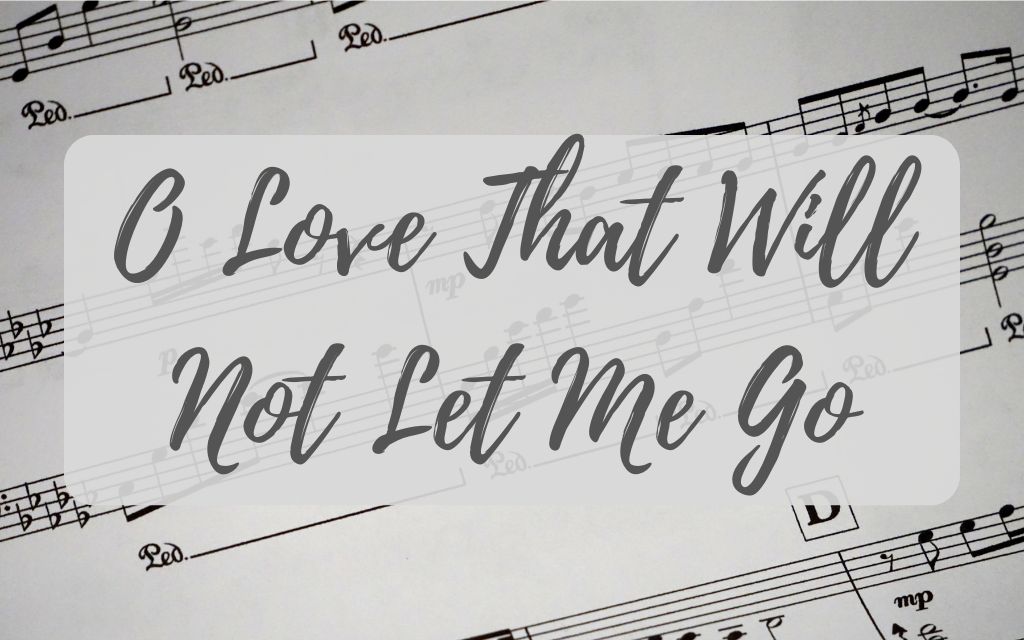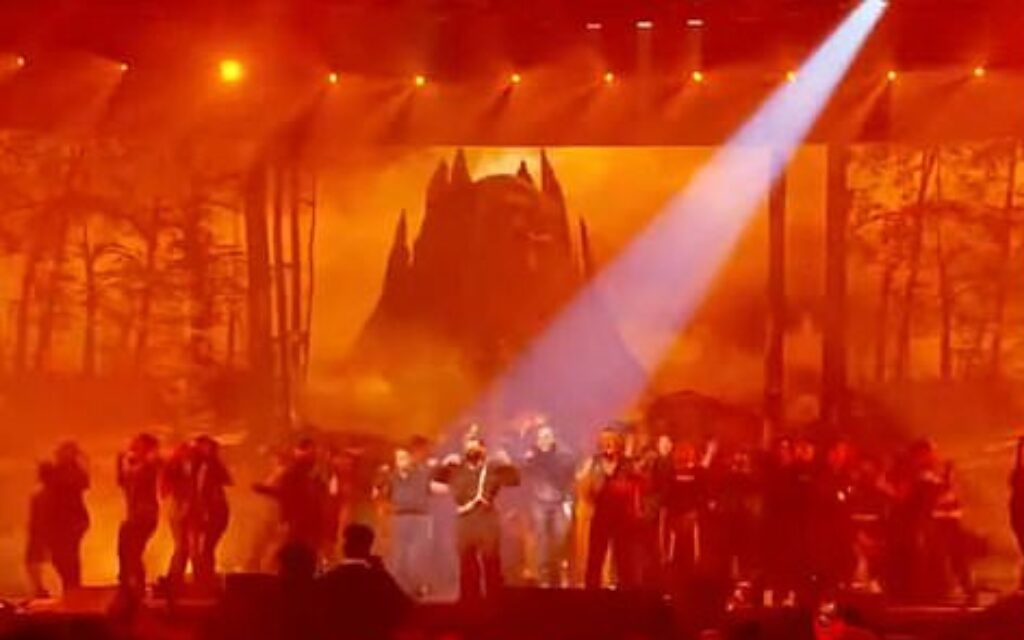The Holy Scriptures often portray Jesus as the bridegroom of the Church. This imagery beautifully illustrates how Jesus loves His bride, and why He will return for her. To fully comprehend the significance of this analogy, we need to know the Jewish wedding customs in biblical times. But before I explain it, I thought it would be fun to share with you the wedding customs in my culture.
I am from the Bamiléké tribe in Cameroon, central Africa, and our weddings happen in two stages.
The first stage is the “Knock at the door.” Here, the bridegroom and a few family members will present themselves at the bride’s family house to ask her parents for permission to marry her. If the bride’s father agrees, he will give the groom the conditions for the bride price. Note that this not a sale transaction.
The bride price is a symbolic gesture that shows the groom’s commitment to take care of his bride, and his appreciation for the parent’s work in raising her well. It usually comprises items for various members of the bride’s family. For instance, a goat or cow for her grandfather, fabric for her aunts, alcohol for her uncles, etc.
The bride’s father will also tell the groom how and when to deliver the bride price. He can visit each member of the family with the gifts, or he can deliver it to them at the traditional wedding ceremony, which is the second stage.
The traditional wedding occurs at the bride’s house in the evening. The bride’s family will provide the food while the groom’s family will bring drinks. Before the binding ceremony begins, the patriarchs of both families will meet to make sure the conditions of the marriage have been met. Then the bride will enter accompanied by several other women from her family. They will cover their heads, or entire bodies, and the groom must recognize his bride. Every false guess will incur an additional payment.
Once the groom has unveiled his bride, the couple and their father will share a cup of palm wine. Palm wine is like a marriage contract. It symbolizes the union of the bride and the bridegroom and the joining of the two families.
The bride’s father will say to the bride, “are you sure you want to marry this man? Because if I drink this cup of palm wine, I cannot undo it.” The daughter will say yes, drink from the cup and offer it to her father, who will also drink. Then he will give the cup to the groom and the groom’s father will ask the same questions and they will both drink from the cup. The rest of the night is just eating, drinking, and dancing.
At the end of the ceremony, the bride will leave her parent’s house and follow the groom and his family while the guest sing blessings over them. The traditional wedding is legal and used to be the end. But in modern times, couples also do a civil wedding at a courthouse, and/or, a religious wedding at a church.
Jews also have their unique wedding customs. In first-century Israel, weddings happened in two parts. The erusin (betrothal) or kiddushin (sanctification), which was the betrothal and sanctification. And the nissuin (elevation), which was the wedding and consummation.
Here is how each phase of the wedding parallels our relationship with Jesus.
The betrothal
The betrothal ceremony began when the groom left his father’s house and went to the bride’s house to gain her. The groom’s father would accompany the groom and would discuss the conditions of the wedding with the bride’s father. If both fathers agreed, the marriage would take place.
The groom then proposed a cup of wine to the bride. If the bride consented to the betrothal, she would accept. Both would recite blessings over the cup of wine and drink from it. Then the bridegroom would present the bride with gifts called mattan.
Next, the groom’s father paid the bride price or mohar to the bride’s family. The mohar wasn’t a payment but compensation.
A woman worked in the household and contributed significantly to the family. For instance, she took care of little children, cooked, watered the animals, etc. Once she got married, she would leave her father’s house to join her father-in-law’s household. So the bride price made up for that loss. Moreover, a good father usually shared the mohar with his daughter.
Afterward, the bride and bridegroom signed the marriage contract or ketubah. From that moment on, they were legally married and could only break the engagement through divorce or death.
Jesus as our bridegroom left His Father’s house in heaven to fetch his bride. He purchased us and paid the mohar with His blood (1 Corinthians 6:20; 7:23). He offered a cup of wine to the disciples and instituted the Lord’s supper as a symbol of our covenant or ketubah (1 Corinthians 11:25). When we accept His proposal by repenting from our sins and having faith in Him, we enter a covenantal relationship with Him. Then He gives us the Holy Spirit as mattan (John 14:26; 15:26, 1 Corinthians 12:4-11).
The wedding ceremony and consummation
After the kiddushin, the bridegroom and the bride would briefly separate. Women usually joined the household of their father-in-law when they got married. So, the groom had to return to his father’s house to prepare a place for her. And though the bride remained at her father’s house, she was sanctified or set apart for the bridegroom.
The separation usually lasted around twelve months, but neither the bride nor bridegroom knew the exact time. Only the father of the groom knew.
He inspected and assisted the preparations of the bridegroom, and he was the one who decided when the room was ready. And it was only when he gave his blessing that the groom would fetch his bride for the nissuin.
The groom would gather his groomsmen and walk to the bride’s house with trumpet calls and shouts of joy. The noise was to alert the bride of the bridegroom’s arrival so she could prepare. Then the couple would attend a small wedding ceremony with mostly family.
Afterward, the bride and the bridegroom would go to the bridal chamber for seven days and consummate the marriage. When they emerged from the bridal chamber, they would attend an enormous wedding feast organized by the groom’s family.
Jesus has returned to His Father’s house to prepare a place for us. He said in John 14:2-3, “In my Father’s house are many rooms. If it were not so, would I have told you that I go to prepare a place for you? And if I go and prepare a place for you, I will come again and will take you to myself, that where I am, you may be also.”
No one knows when Jesus will return except the Father (Mark 13:32). And while He is away, His bride must stay faithful to Him (2 Corinthians 11:2) be sanctified or set apart for Him (1 Corinthians 6:11), and be ready for His unexpected return (Mark 13:33).
Jesus’s second coming will also come with trumpet sounds. 1 Thessalonians 4:16-17 says, “For the Lord himself will descend from heaven with a cry of command, with the voice of an archangel, and with the sound of the trumpet of God. And the dead in Christ will rise first. Then we who are alive, who are left, will be caught up together with them in the clouds to meet the Lord in the air, and so we will always be with the Lord.”
When Jesus returns for His bride, He will never part from her again. We will consummate our marriage and there will be a celebration at the marriage supper of the lamb (Revelation 19:7-9).
Note that the book of Revelation speaks of a seven-year tribulation period which could correspond to the seven days in the bridal chamber (Pre-tribulation view of the rapture). But there are different schools of thought on this.
One thing is certain, is that Jesus will return; He has not abandoned His bride.
We are always in the Bridegroom’s love!







